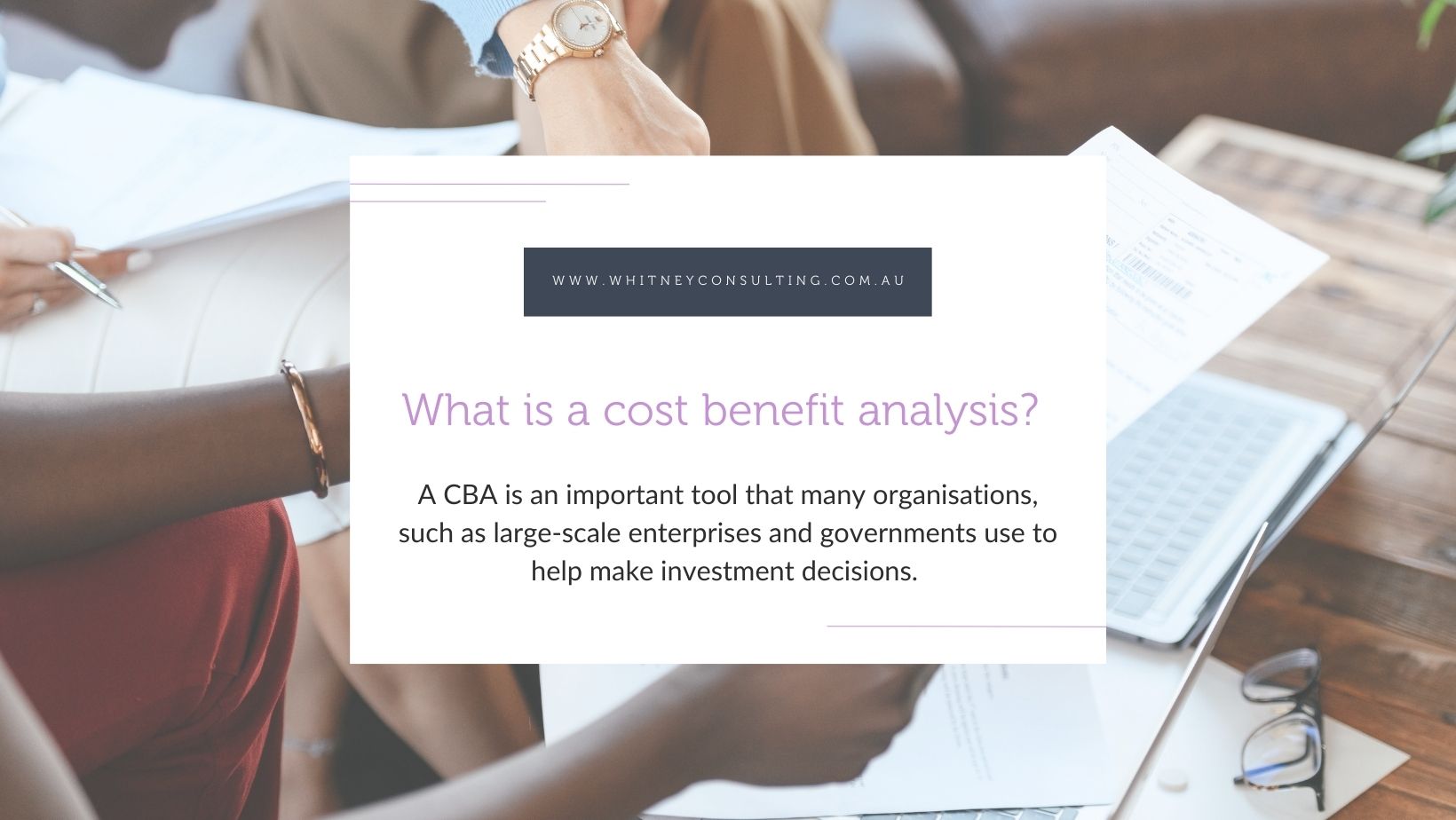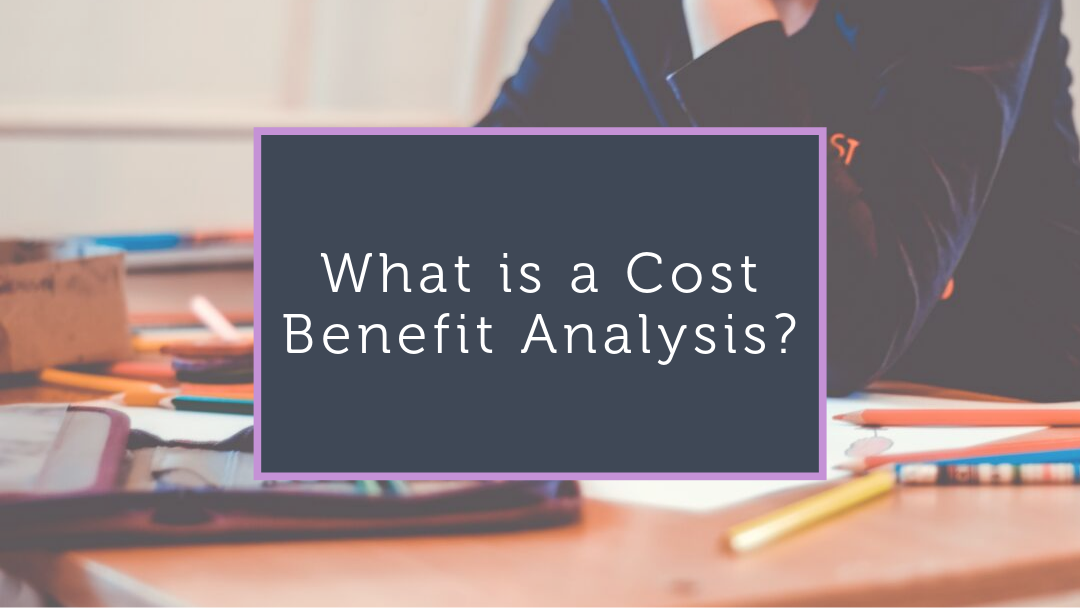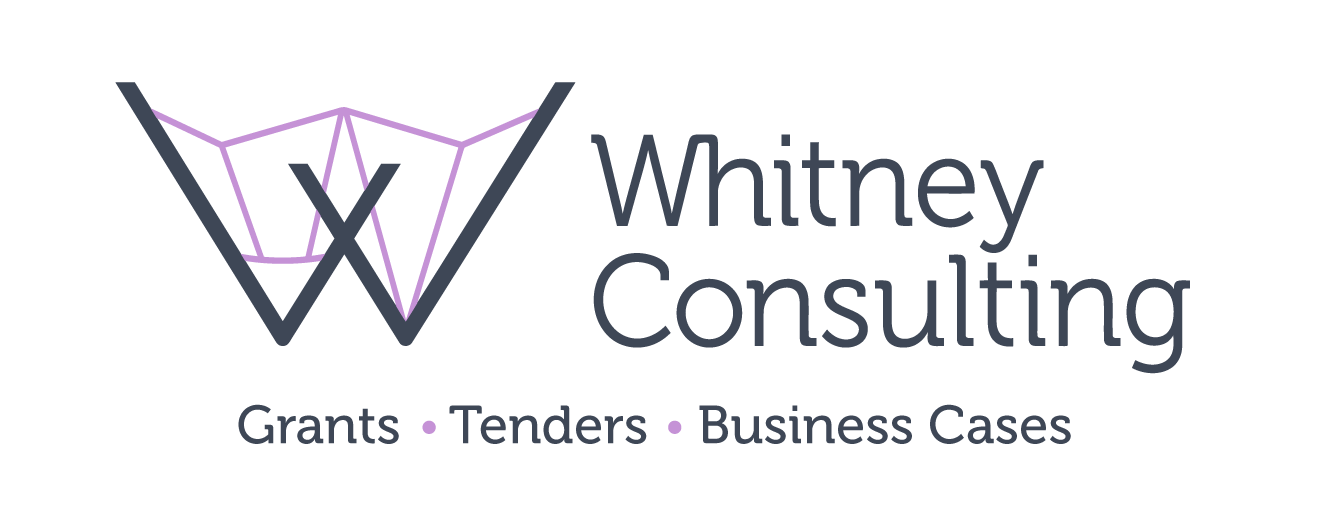A cost benefit analysis (CBA) is an important tool that many organisations, such as large-scale enterprises and governments use to help make investment decisions. A CBA compares the costs of doing something against the value of the benefits. If the benefits are worth more value than it costs to do the project, then it has a positive Cost Benefit Ratio (CBR) and the project is worth investing in.


A Cost Benefit Analysis serves two purposes;
- To verify that a project has more benefits than costs.
- To choose the best from a number of projects by comparing their benefits over costs ratios.
It is therefore used often by governments to assess which projects should be awarded grant funding. Whilst it is not the sole deciding factor when assessing grant applications, a CBA can be a very compelling argument and is a requirement of some funding programs.

Performing a cost benefit analysis can be a very complicated economic modelling process, with input-output models and multipliers and other very economic terms! But if you need a CBA and don’t have the funds to pay for an economist, the below steps may help you to complete a simple CBA yourself.

Identify Costs
Compile a comprehensive list of all the expected costs associated with the project. Then go through your list and assign a present day monetary value to each cost, keeping in mind to be realistic with the value you assign – it doesn’t do your project or organisation any justice if you over/under estimate. Essentially, this is your project budget and you will need to have completed this for any grant application, regardless of whether you complete a CBA or not.

Identify Benefits
The next step is to compile your list of benefits associated with the project. Think of each of the benefits your project will deliver. You then need to go through and assign a monetary value to these benefits. This sometimes isn’t an easy process as some of the intangible benefits might not have a clear monetary value associated with them.
However, you do need to quantify each benefit as best you can. Google can help you with this – there may have been a CBA completed on a similar project and you can use their assumptions to help you. Government has even allocated a notional dollar ‘value’ to a life so, if your project will increase safety and is expected to save lives then you need to estimate how many lives over a defined period (usually 20 years) and times that by the government allocated “cost of a life” and you have your monetary value of the safety benefits of your project.
Once you have done this, add up all the benefit values to determine the total value of your project’s benefits.

Compare costs and benefits
Compare the total costs and the total benefits to see if the costs outweigh the benefits or vice versa. A project that has benefits that are exactly equal to the costs would be 1:1 and therefore have a BCR of 1. However, if the benefits double the costs then it would be a ratio of 2:1 so the BCR is 2, meaning you would get $2 in benefits for each $1 of costs.
If a project’s BCR is less than 1, the project’s costs outweigh the benefits and it is therefore not worth undertaking.
Now this is a VERY simplistic explanation and doesn’t look at discount rates, net present values and multipliers but that is a much more scientific CBA that would require a much longer blog! If you need a comprehensive CBA then engaging assistance is worth considering. However, if you just need to demonstrate that the costs outweigh the benefits, I hope this practical explanation may help.

